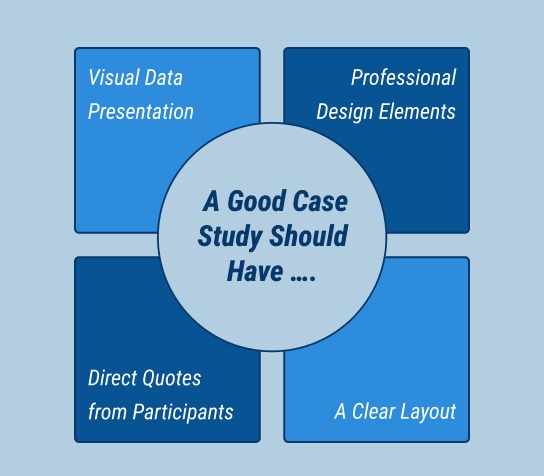What are the key components of a case study that I should include to make it effective?
Introduction to case studies is a crucial part of any business, academic, or research project. A well-structured case study can help you demonstrate the effectiveness of a product, service, or strategy, and provide valuable insights to your audience. In this article, we will explore the importance of case studies, provide tips and a template for structuring a case study, and share real examples to illustrate the concept.

Benefits and Practical Tips
Case studies are an essential tool for businesses, marketers, and researchers to showcase their work and demonstrate the impact of their efforts. The benefits of case studies include:
* Establishing credibility: Case studies help build trust with potential customers, investors, or partners by showcasing real-life examples of success.
* Improving marketing efforts: By analyzing case studies, businesses can identify effective marketing strategies and tactics to improve their overall marketing performance.
* Enhancing customer engagement: Case studies provide valuable insights into customer behavior, preferences, and pain points, helping businesses to create more effective customer engagement strategies.
* Informing product development: Case studies can inform product development by highlighting areas for improvement, identifying new features, and optimizing existing ones.
To create an effective case study, follow these practical tips:
* Define your objectives: Clearly outline the purpose and scope of your case study to ensure focus and direction.
* Conduct thorough research: Gather relevant data, statistics, and insights to support your case study.
* Use a clear and concise format: Use headings, subheadings, and bullet points to make your case study easy to read and understand.
* Include visual aids: Use images, charts, and graphs to illustrate key points and make your case study more engaging.
Case Study Structure
A well-structured case study typically includes the following elements:
* Executive summary: A brief overview of the case study, including the main findings and recommendations.
* Introduction: An introduction to the case study, including background information, context, and objectives.
* Methodology: An explanation of the research methods used to gather data and conduct the case study.
* Results: A presentation of the findings, including data, statistics, and insights.
* Discussion: An analysis of the results, including implications, limitations, and recommendations.
* Conclusion: A summary of the main findings and takeaways from the case study.
Case Study Template
Here is a basic case study template to get you started:
| Section | Description |
|---|---|
| Executive Summary | Brief overview of the case study |
| Introduction | Background information, context, and objectives |
| Methodology | Research methods used to gather data |
| Results | Presentation of findings, including data and statistics |
| Discussion | Analysis of results, including implications and recommendations |
| Conclusion | Summary of main findings and takeaways |
Real Examples
Let’s take a look at some real examples of case studies:
* Coca-Cola’s Share a Coke campaign: This case study showcases how Coca-Cola used social media and personalized marketing to increase brand engagement and sales.
* Dove’s Real Beauty campaign: This case study highlights how Dove used a powerful marketing campaign to challenge traditional beauty standards and increase brand awareness.
* Warby Parker’s try-before-you-buy model: This case study demonstrates how Warby Parker used a innovative business model to disrupt the eyewear industry and achieve rapid growth.
First-Hand Experience
Conducting a case study can be a valuable learning experience, providing insights into the challenges and opportunities of a particular industry or market. Here are some tips for conducting a case study based on first-hand experience:
* Choose a relevant topic: Select a topic that is relevant to your industry or area of interest.
* Conduct thorough research: Gather data and insights from a variety of sources, including interviews, surveys, and observations.
* Analyze and interpret the data: Use statistical analysis and data visualization techniques to identify patterns and trends in the data.
* Draw conclusions and make recommendations: Based on your analysis, draw conclusions and make recommendations for future improvements.
Conclusion
In conclusion, structuring a case study requires careful planning, research, and analysis. By following the tips and template outlined in this article, you can create a comprehensive and effective case study that showcases your work and provides valuable insights to your audience. Remember to define your objectives, conduct thorough research, and use a clear and concise format to make your case study easy to read and understand. With practice and experience, you can become proficient in creating high-quality case studies that demonstrate your expertise and achieve your goals. Whether you’re a business, marketer, or researcher, case studies are an essential tool for showcasing your work and achieving success.

